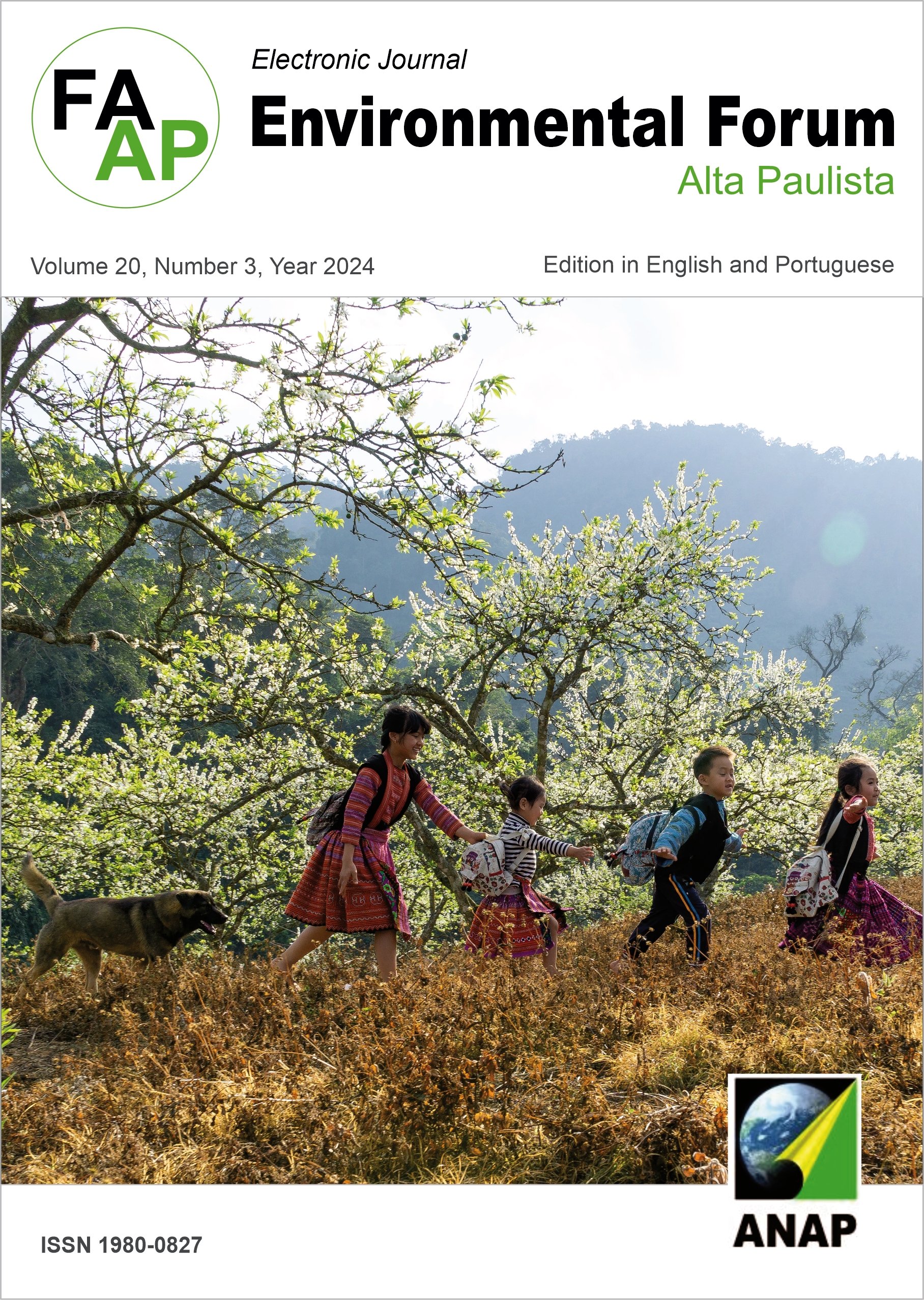Water quality and land use/occupation in the Sapo stream in the urban area of Rio Verde - GO
DOI:
https://doi.org/10.17271/1980082720320243545Keywords:
Water pollution, Water resources, polluting activitiesAbstract
The landscape modification by human activities has been altering water quality and compromising the use of water resources. Thus, the main objective of this study is to evaluate the water quality as well as the soil use and occupation in the urban section of the Sapo stream, located in the municipality of Rio Verde – Goiás, Brazil. The methodology of this research involved monitoring the Sapo stream watershed, including its microbasins, during a period of nine months. Laboratory analysis of water quality was conducted, and geoprocessing techniques were employed to determine land use and occupation in that region. And a water quality classification was carried out in the main water body and its tributaries, according to the CONAMA Resolution No. 357/2005. The results indicate that the São Tomás de Baixo and Buriti streams were classified as class 4, both showing high levels of punctual and diffuse pollution, compromising the water security for more demanding uses. On the other hand, the Barrinha stream presented the best water quality, with high water reaeration capacity and reduced sources of pollution.
Downloads
Downloads
Published
Issue
Section
License
Copyright (c) 2024 Periódico Eletrônico Fórum Ambiental da Alta Paulista

This work is licensed under a Creative Commons Attribution-NonCommercial-ShareAlike 4.0 International License.












